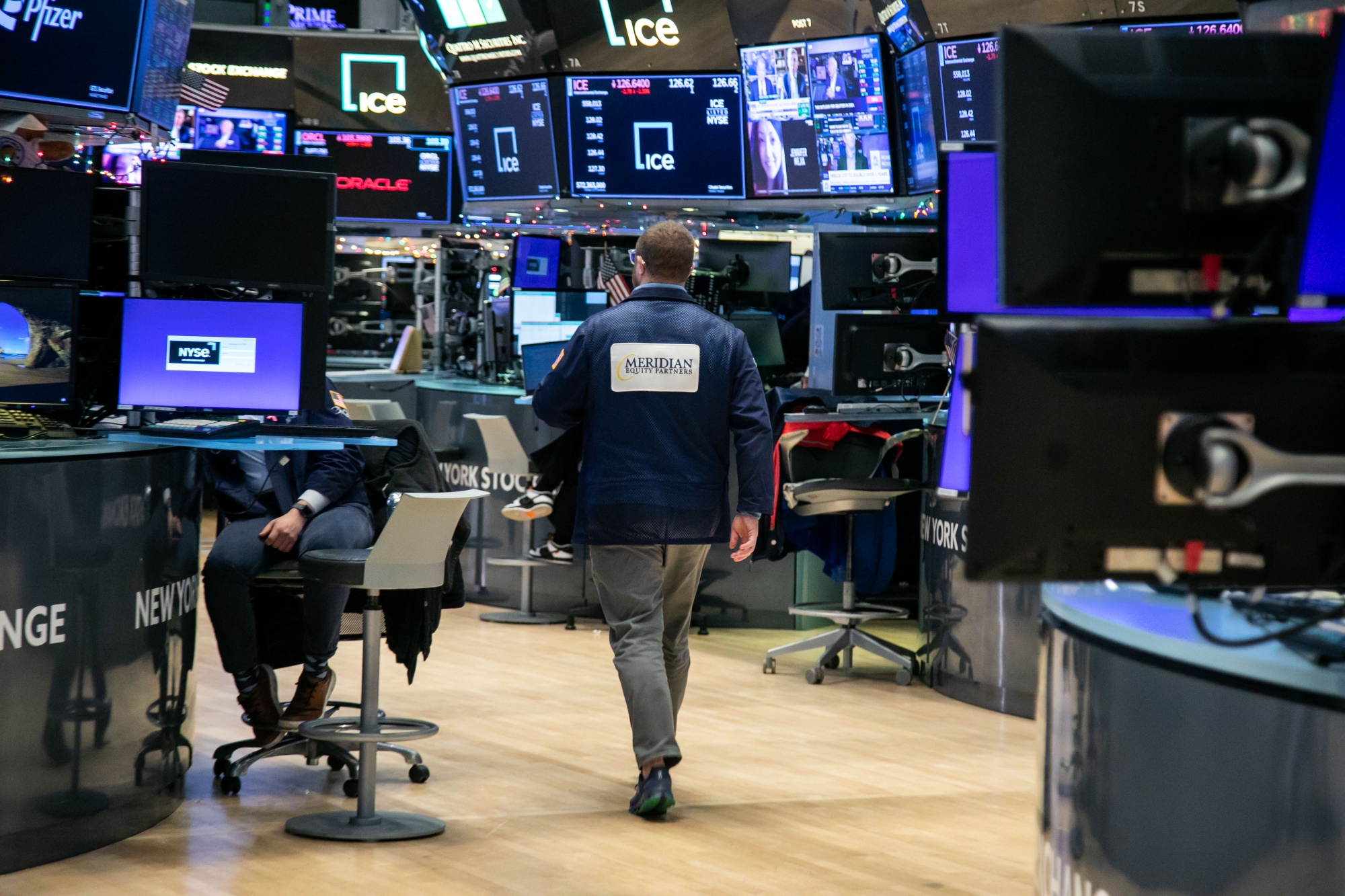
With the S&P 500 closing above 5,000 for the first time, there’s an inevitable question for investors with cash on the sidelines: Should I get in now — or is the milestone moment actually a reason not to invest?
The right answer depends on your circumstances. But putting the record high into context can help you think through the consequences of investing, financial advisers say. Here’s how market strategists and wealth advisers suggest framing things.
What a Milestone Like 5,000 Means
The S&P 500 at 5,000 sounds impressive, but you may be better off ignoring “the false portents of big round numbers,” said Dan Egan, vice president of behavioral finance and investing at robo-adviser Betterment.
“Don’t overinterpret any one move as being a big meaningful thing,” he said. “Day-to-day moves are random noise and it’s the long-term pattern that you pay attention to.”
Morningstar Wealth Chief Investment Officer for the Americas Marta Norton agrees the threshold isn’t as important as it may appear. “There is a natural growth to the markets, so you should be hitting milestones if the markets are operating the way they should be,” Norton said.
What gives Norton pause is not that the S&P 500 is at 5,000 but the stock market’s valuation. “There is a lot of research showing the price at which you buy things is as impactful, if not more impactful, than your holding for the long term,” she said.
“From our perspective, most of the big-name stocks are pretty expensive at this point, and to look at 2023 returns and assume that forward into 2024 is a really dangerous thing.”
Consider Concentration
For investors concerned about the market’s high valuation and concentration in the “Magnificent 7” tech stocks, one solution to mitigate some of that risk is to buy an index that equally weights the companies in it, rather than owning an index that weights companies by their market capitalization, Norton said.
Buying an S&P 500 index fund that gives stocks equal weight “gives you more exposure to small-caps, which are at 20-year lows relative to large-caps, and more exposure to some areas that aren’t particularly scary and have better valuations, like in materials, utilities, and, dare I say, financials and banks,” Norton said.
It is now incredibly easy and cheap to get even broader stock market exposure through low-priced index funds that track the total stock market universe, whether that’s in the US or with a diversified world portfolio, Betterment’s Egan said.
Think About Your Timing
Trying to time the market by jumping in and out at seemingly opportune times has a lousy track record, and everyone’s heard the saying about retail investors “buying high and selling low.” But sitting out of the market in cash is also bad market timing.
“If time plays any meaningful role in someone’s investment strategy, as it should if you’re considering equities, then the sidelines are not the place to be even when we approach these milestones,” said Luke Keene, chief investment officer of Leverty Financial Group. “Nor does the milestone necessarily signal an entry point when you take the long-term view.”
Keene wants his clients with cash to get off the sidelines but counsels them to soften their entry into the market by dollar-cost averaging — investing money in the market at regular intervals.
Explore Contrarian Viewpoints
People tend to become more confident the higher the market goes, said Dan Suzuki, deputy chief investment officer at Richard Bernstein Advisors, and flows follow performance since “people like momentum and like to buy something that’s working.”
Suzuki worries, however, about a lost decade for investors who buy the S&P 500 or just the biggest names in the market now. “There is a generational opportunity to rebalance portfolios into some cheaper places that people have overlooked and left for dead,” he said. Areas he places in that category include international, small caps, value stocks and companies that are beneficiaries of inflation.
The US’s share of the global stock market is now 64%, up from around 40% in 2010, and is at its most expensive level ever viewed next to the rest of the world, Suzuki wrote in a recent research note. “Positioning and valuation suggest that investors expect the US equity dominance of the past 15 years will last indefinitely, but history seems to suggest otherwise,” he wrote.


